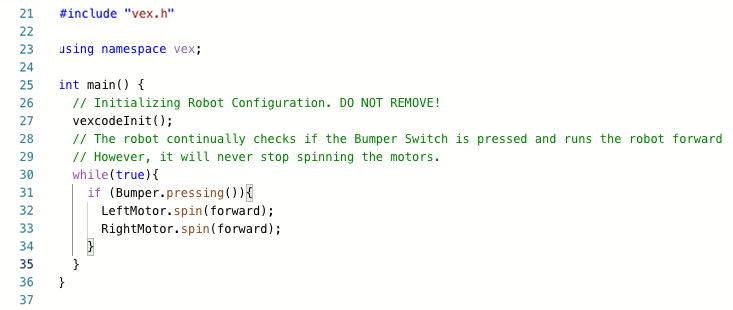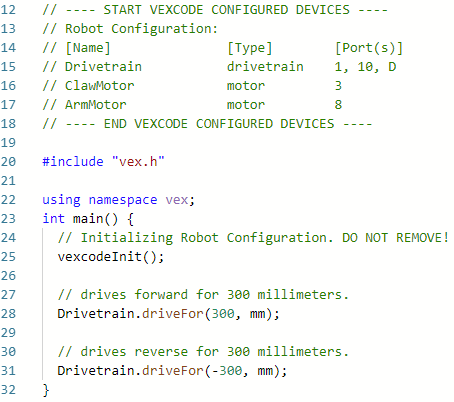

Some are magnetically actuated, though most are electromechanical. It is uncommon, but not unknown, for limit switches to be electronic. Most often, the device will have an actuator that is positively activated only by the design condition and mechanically linked to a set of electrical contacts. For example, a limit switch triggered by the opening of a window can only deliver an indication that the window is open, not the degree to which it is open. The device provides only an indication of the transition from one condition to another, with no additional information. Essentially, the purpose of a limit switch is to serve as a trigger, indicating that some design condition has been achieved. In the industrial control field, their applications and product variations are almost countless. Suppose slots A, B, and C each have a PoE module installed.Limit switches are devices which respond to the occurrence of a process condition by changing their contact state. Without the option, the switch applies one power threshold setting on all PoE modules installed in the switch.

This command configures the notification threshold for PoE power usage on either a global or per-module (slot) basis. That is, the switch generates a notice whenever the power consumption on a module either exceeds or drops below the specified percentage of the total PoE power available on the module. This notice appears as an SNMP trap and a corresponding Event Log message and occurs when a PoE module's power consumption crosses the configured threshold value.

This command specifies the PoE usage level (as a percentage of the PoE power available on a module) at which the switch generates a power usage notice.


 0 kommentar(er)
0 kommentar(er)
